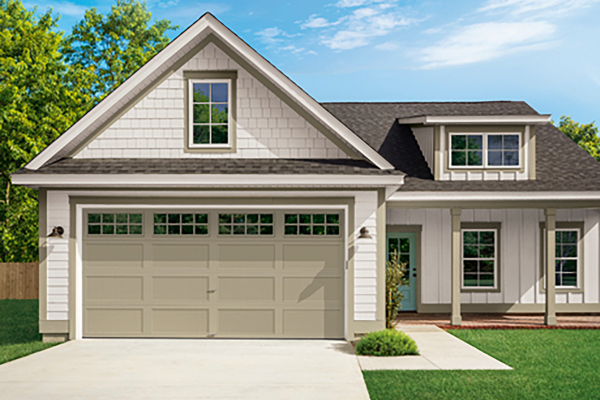COLUMBUS SHAKER STYLE GARAGE DOORS
We only sell Clopay garage doors at Deluxe Door Systems, because we believe they’re the best out there.
And when Clopay announces a brand new garage door that has their Intellicore® insulation with a new look, we geek out a bit. Because they never let us down in quality or look. Three layers of steel for energy efficiency and two distinct recessed panel designs — allowing you more options and flexibility.

Bridgeport Shaker-style garage doors come with multiple wood finishes and paint options, as well as hardware customizations to fit the look of your home. Plus get a limited life warranty on the paint system, a 10 year warranty on windows, and a three-year warranty on hardware.
If you’re looking for a new garage door for your home, we’re here to help! We’ve been doing garage door repair and installation for over 25 years in and around Columbus. In Gahanna, New Albany, Worthington, Bexley, Grove City, and more. Just reach out with any questions and we’ll help you get a garage door that’ll look beautiful and last you years.



